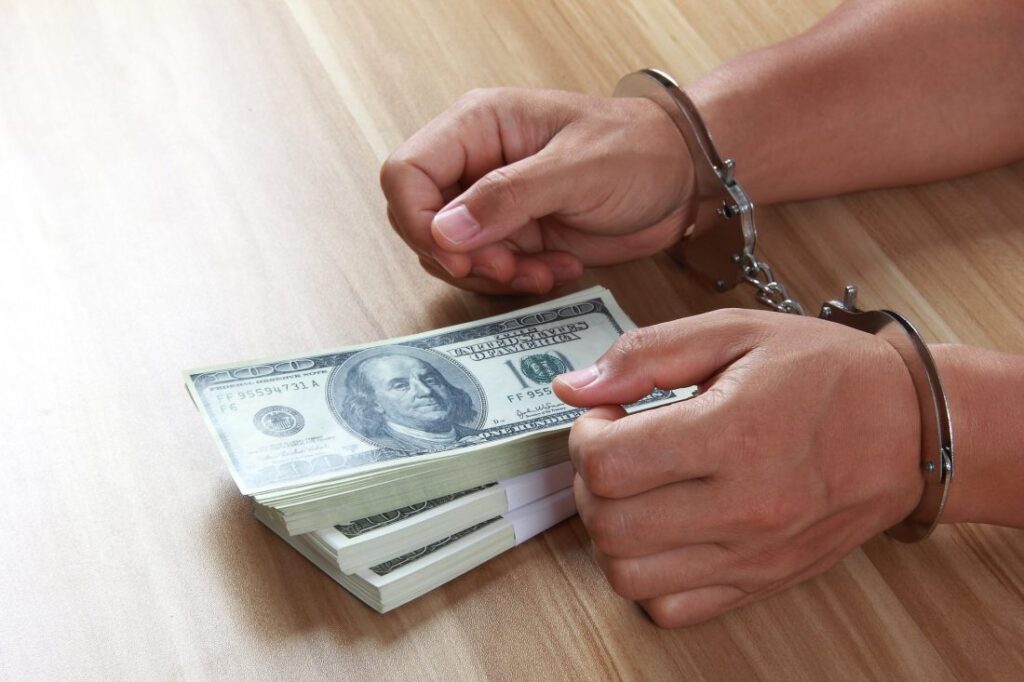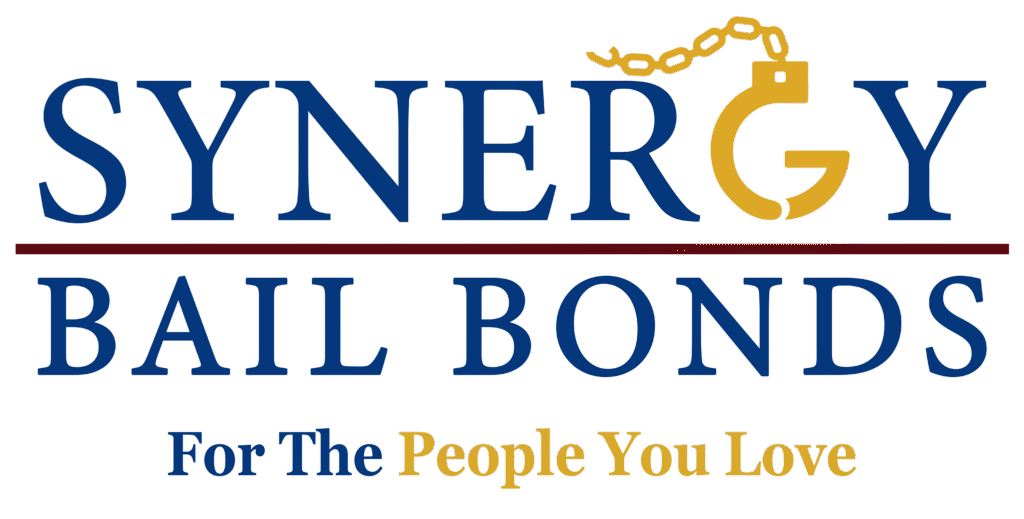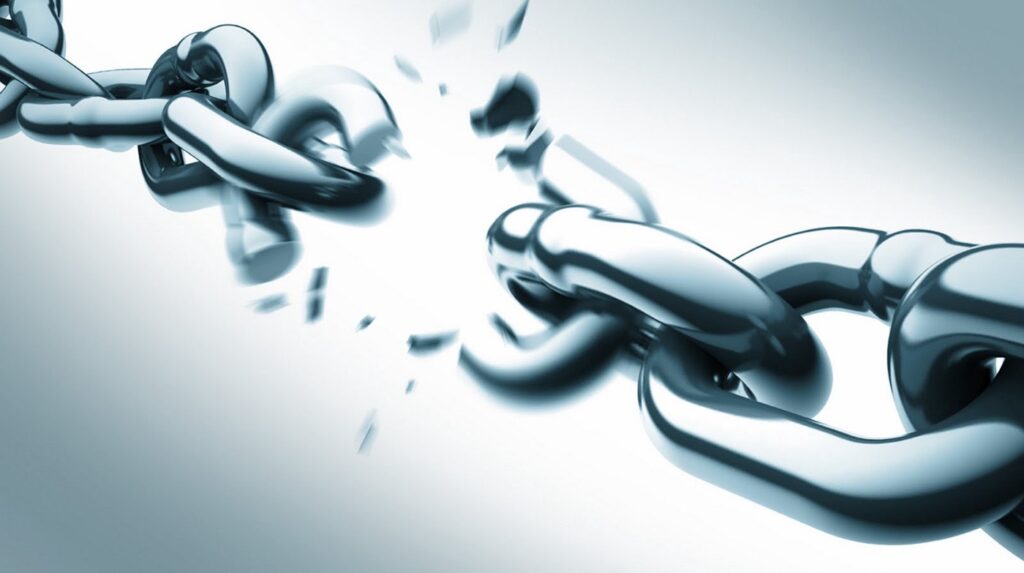How Do I Bail Someone Out of Jail in San Diego?
Bailing an inmate out of jail is quite simple, if the defendant has someone willing to bring the appropriate amount of money to the San Diego Central Jail. Withholding bail will delay the inmate’s release, as the sole purpose for posting bail is to assure the court that the defendant will appear in court at a later date.
The good part about posting bail is that anyone can pay the charge on the inmate’s behalf. This can be done 24 hours a day, 7 days a week directly at the San Diego Central Jail or the San Diego Sheriff’s Detention Facility. Operating hours may differ.
Keep in mind that bail for inmates at the San Diego Central Jail are set in accordance with the law and are distinguished on a crime basis for which the arrest was made.
Specifically speaking, the San Diego Central Jail will accept four types of bail payments, all of which we will briefly discuss below.
Cash Bail
Cash bail always has to be for the full requested amount or the inmate will not be released. Cash and personal checks are both accepted but only go as large as $10,000 upon the Supervisor’s approval.
With a cash bail, all the funds will be returned at the conclusion of the criminal case if the inmate is in appearance at all court sessions. A small administrative fee may take effect. If the inmate doesn’t show up to all court sessions, the money is forfeited to the court.
Cashier’s Check
The same process is set for a cashier’s check, the total amount must be paid at the time of bail for the inmate to be publicly released. This needs to be a bank-drawn cashier check, as nothing else will be accepted. Make yours out to the San Diego County Treasurer with the inmate’s full name and booking number to avoid any confusion or unwanted problems.
Proceeding with a cashier’s check may slightly delay the release of the inmate, as the San Diego Central Jail will need to verify the funds before any release can happen. If the arrest takes place on a weekend, this may result in the inmate staying in jail until at least Monday.

Money Orders
Money orders will follow the same protocol as cash bail and cashier’s check. They must be made out for the full bail amount, addressed to the San Diego County Treasurer with the inmate’s full name and booking number.
For a money order to be valid, it must be bank-drawn, provided directly by Western Union, or provided directly by the U.S. Postal Service.
Bail Bonds
If you don’t have the full funds to post bail, don’t worry. There is another option. You can post a bail bond, and it’s a lot more common than you think (very widely used).
How does it work? The defendant only has to pay 10% of the total bail amount with no penalties, as long as all court appearances are attended.
To obtain a bail bond, you’ll need to pay a visit to the bail bondsman. Please note that the 10% you pay up front will not come back to you, as it’s a nonrefundable fee. And, if the defendant does not appear at all court sessions, he will be responsible for paying the agent the entire bail amount.

The application process only takes half an hour on average, and release is almost immediate upon approval. Finding a bail bondsman is easy if you have a phone book or access to the Internet. Just verify that they are legit by requesting their license number. Be sure to keep copies of any and all jail and court documentation to cover yourself.
If you have any further questions or concerns, please contact Synergy Bail Bonds. We are happy to assist in any way that we can, and we’re just a phone call away.


